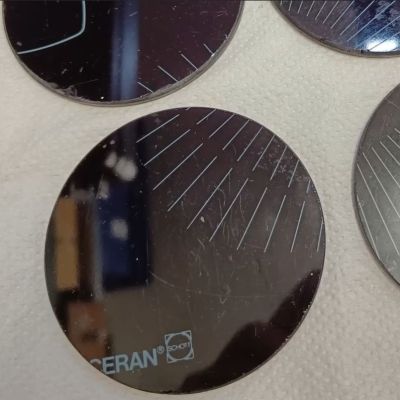
AF114 germanium transistors and related ones like the AF115 through AF117 were quite popular during the 1960s, but they quickly developed a reputation for failure. This is due to what should have made them more reliable, namely the can shielding the germanium transistor inside that is connected with a fourth ‘screen’ pin. This failure mode is demonstrated in a video by [Anthony Francis-Jones] in which he tests a number of new-old-stock AF-series transistors only for them all to test faulty and show clear whisker growth on the can’s exterior.
Naturally, the next step was to cut one of these defective transistors open to see whether the whiskers could be caught in the act. For this a pipe cutter was used on the fairly beefy can, which turned out to rather effective and gave great access to the inside of these 1960s-era components. The insides of the cans were as expected bristling with whiskers.
The AF11x family of transistors are high-frequency PNP transistors that saw frequent use in everything from consumer radios to just about anything else that did RF or audio. It’s worth noting that the material of the can is likely to be zinc and not tin, so these would be zinc whiskers. Many metals like to grow such whiskers, including lead, so the end effect is often a thin conductive strand bridging things that shouldn’t be. Apparently the can itself wasn’t the only source of these whiskers, which adds to the fun.
In the rest of the video [Anthony] shows off the fascinating construction of these germanium transistors, as well as potential repairs to remove the whisker-induced shorts through melting them. This is done by jolting them with a fairly high current from a capacitor. The good news is that this made the component tester see the AF114 as a transistor again, except as a rather confused NPN one. Clearly this isn’t an easy fix, and it would be temporary at best anyway, as the whiskers will never stop growing.
Continue reading “Diagnosing Whisker Failure Mode In AF114 And Similar Transistors”




















